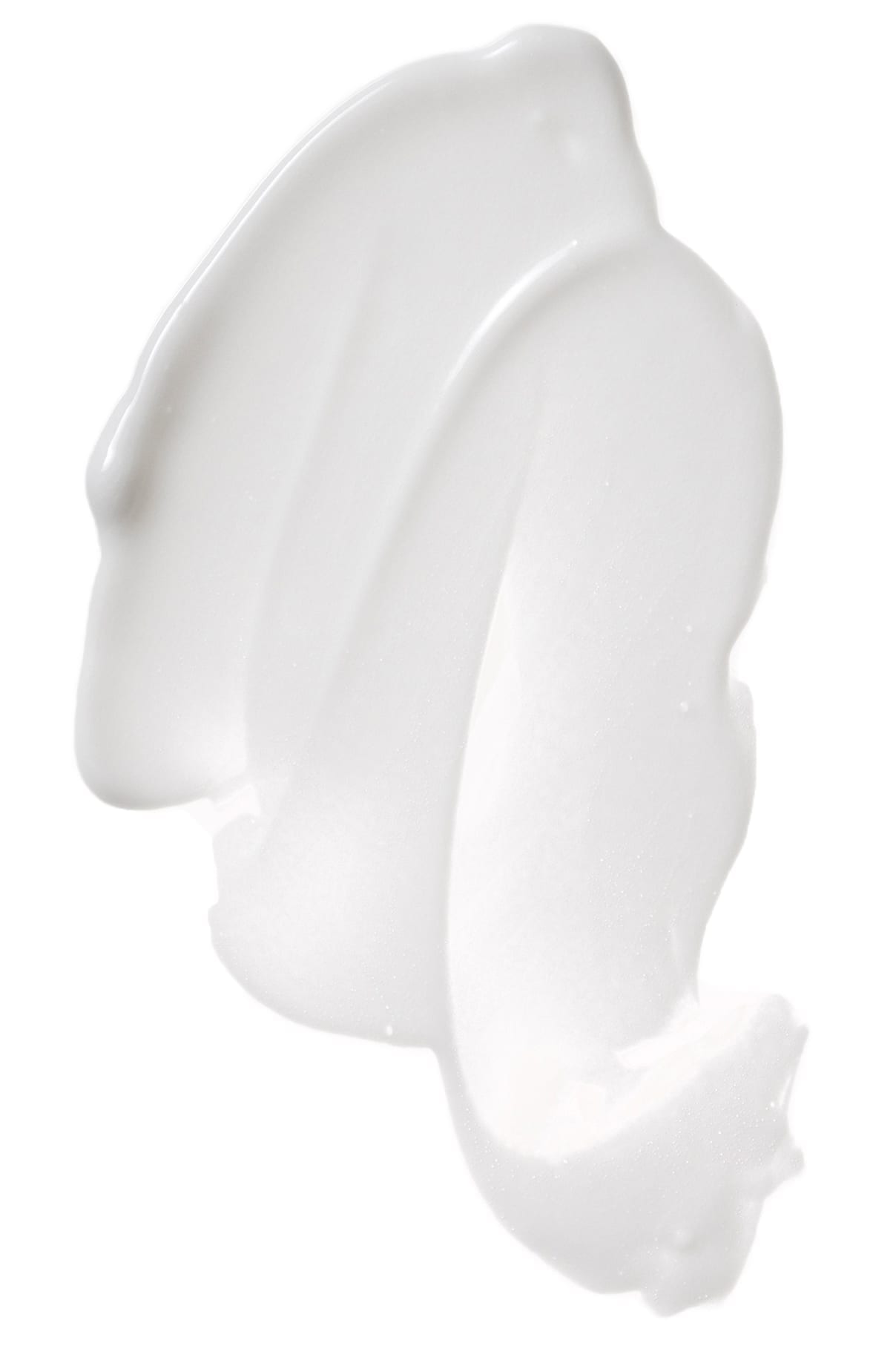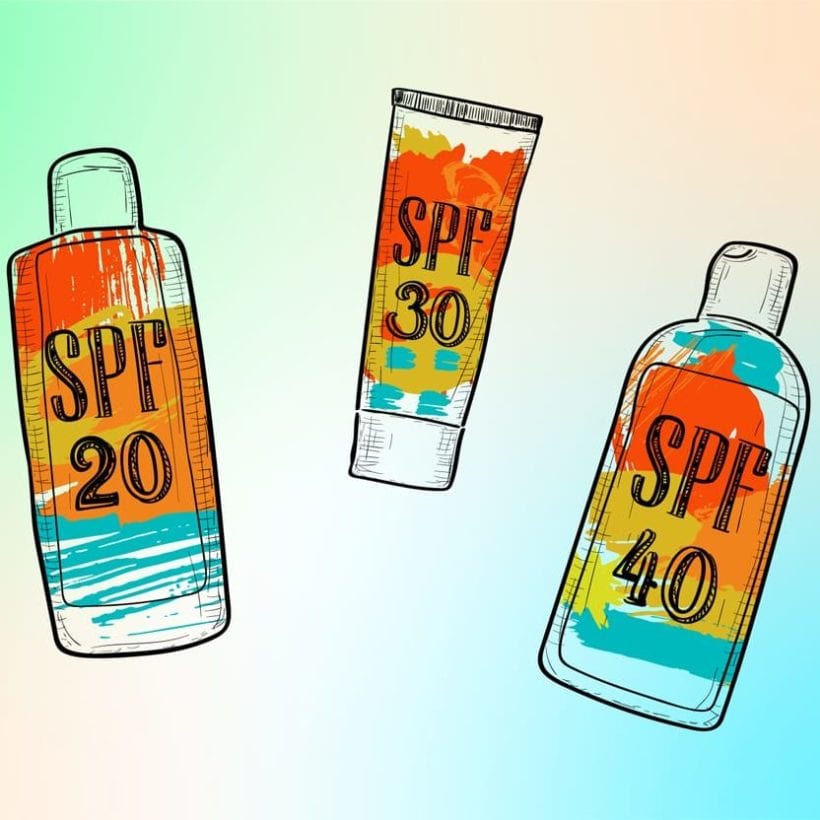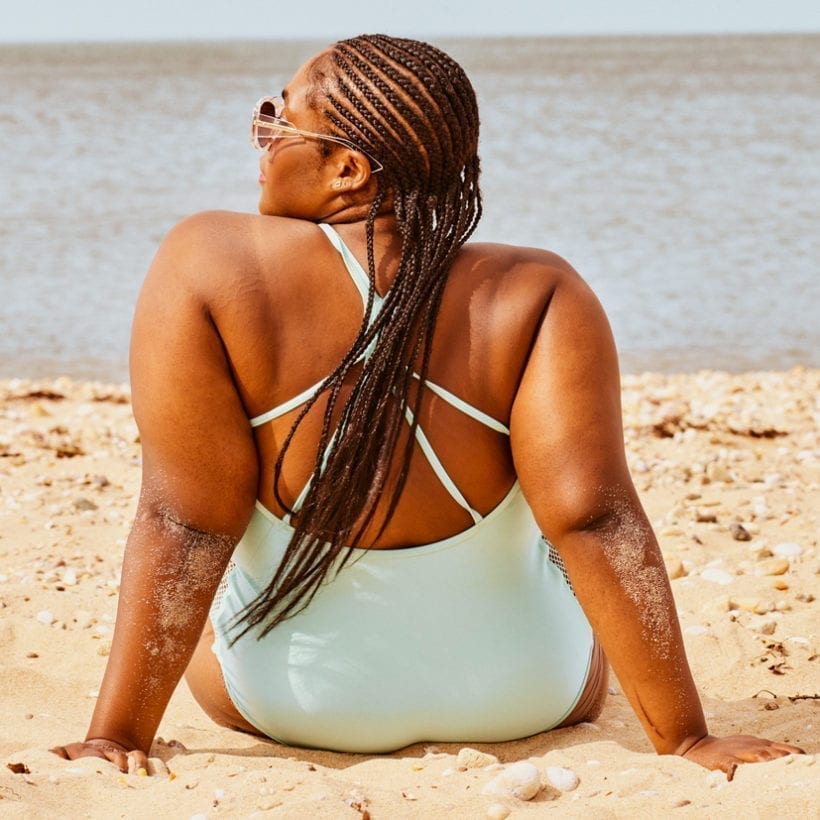While you may only face extremely sunny months only a few months out of the year (we mean you, East Coasters), the truth is that your skin is bathed in UV light year-round. And the aftermath of the constant barrage on your skin is real.
But according to the pros, there are at-home and in-office treatments to prevent the negative effects of the sun on your skin from the get-go, as well as help to reverse the damage that’s already done.
“The sun is one of the worst elements you can expose your skin to,” says Howard Sobel, M.D., a New York City dermatologist. “UV rays cause premature aging, fine lines and wrinkles, uneven skin tone and the loss of elasticity,” he adds.
And effects like brown spots, uneven texture, less than baby-soft skin and fine lines are not the only aftermath of sun damage. “If you had five or more sunburns in childhood or adolescence, research shows that you have more than doubled your chances of developing melanoma, the deadliest form of skin cancer, later in life,” notes Sobel.
The sun
is one of
the worst elements
you can expose your skin to.
No longer purposely baking in the sun to get tan? Yes, you deserve all the props for now giving your skin the TLC it deserves, but it does not mean that you will not see signs of damage years later. Plus, simply the cumulative effect of UV assaulting skin — from your daily walk to and from your car or the subway several times a day, to sitting at your office window, driving in a sun-drenched car and so on — the build-up, causing a slew of skin issues from hyperpigmentation, uneven tone, and over time, crepiness, laxity and fine lines. “We know sun damage can manifest pigmentation but it can also cause the breakdown of collagen, which is the building block of skin’s structure,” says Deanne Robinson, M.D., assistant clinical professor at Yale School of Medicine and co-founder of Modern Dermatology in Westport, Connecticut.
Here is exactly why UV light harms your skin: The wavelengths hit your skin and leads to “a cascade of events from penetrating into the cells, wreaking havoc on cellular DNA, causing signals within cells to be sent that in turn spark the breakdown collagen and production of free radicals, all of which accelerate the aging process,” explains Robinson.
Robinson also says, “UVB in particular, is a type of wavelength of UV light, that when it hits your skin, creates DNA breakage and damages skin cells also known as keratinocytes, and because of that they respond by increasing melanin, which is pigment within skin, to form a darker color that translates as a tan but is actually a clear sign of sun damage.”
Another important thing to remember is that sun damage is a universal concern, regardless of skin tone. “No matter your skin type, the sun has a profound effect on your skin and how it looks now and in the future,” explains Sobel.
The good news: there are proven ways you can prevent and reverse some forms of UV-induced damage. But take note that pros insist that they are all pointless unless you become a devout SPF user — as in every day. Robinson suggests a mineral-based SPF: “Physical sunscreens work like a mirror and reflect UV radiation off the skin.” (Her current go-to: PCA Sheer Tint Broad Spectrum SPF 45.) “Sunblock is a necessity to prevent further sun damage,” confirms Sobel, who along with the American Academy of Dermatology, recommends shielding your skin from the sun with a broad-spectrum formula of SPF 30 or higher rain or shine.
OTC Topical Treatments
Vitamin C: “When combined with sunscreen, you’re providing two times more protection than just SPF alone,” says Robinson, who is a fan of vitamin C over other antioxidants because of its ability to also help fade sunspots as well as act as a shield to UV damage. But not all vitamin C treatments are created equal as this stellar free radical fighter is highly unstable and will lose its efficacy if not formulated correctly.
Peels and Acids: “The main goal of a chemical peel is to slough off the damaged skin to reveal brighter, more youthful skin because they remove the outermost layer of dead skin cells, giving the face a smoother, more radiant appearance,” says Sobel.
If you are already incorporating a retinol-based product in your skincare routine to speed up collagen production as well as cell turnover, you are also reaping anti-sun damage beauty benefits, too. The downside? “Due to its photoreactive nature, retinol can make your skin more susceptible to sun damage,” says Sobel, who does say to kick start your vitamin A-derivative regimen when you are no longer facing intense sun regularly.
Anti-Pigment Creams/Fading Creams: “Look for a cream containing kojic acid or glycolic acid, all of which help fade, and in some cases eliminate excess melanin,” says Sobel. “Although they can’t reverse cellular damage, they can help visually improve the appearance of spots and slow their formation and prevent further damage.” Depending on the ingredient, the way in which they lessen melanin differs. Some ingredients block the over-production of melanin from the start while others lessen excess pigment already present in your skin. This is why pros recommend alternating products that contain these various ingredients as well as looking for formulas that have a cocktail of several pigment reducers.
In-Office Procedures
https://www.instagram.com/p/Bp0eYoWFqsg/
IPL (aka Intense Pulsed Light): “This effective treatment uses a broad spectrum of light to get rid of noticeable brown spots,” says Robinson, who notes that you may several treatments spaced a month apart.
What you can expect during the treatment: Pulses of energy hit your skin, which in some places, can feel warmer than others. Then, after the treatment, your skin may appear pink with slight swelling and the brown areas become grid-like but then gradually get darker and raised (Robinson says many patients compare it to having tiny coffee grinds sitting on your skin), over the course of five to seven days. Even though it may be tempting, Robinson highly recommends not to touch or pick at your skin and simply moisturize and be super gentle until they all naturally slough off. The result: clearer, brighter and more even skin tone. The price tag, says Robinson, will likely range from $450-$800 per session.
https://www.instagram.com/p/BydClkOBRZZ/
Fraxel Dual laser: “Fraxel is hands down one of the best available treatment options for fractional resurfacing of the face, neck, chest and hands,” explains Sobel. “It targets sun-damaged skin with a microscopic laser that penetrates deep into your skin to expedite your body’s collagen production. It also only treats a fraction of tissue at a time, so it leaves the surrounding tissue intact, which helps accelerate the healing process.” Translation: less downtime post-procedure. Fraxel is a top pick among pros for not only its ability to resurface the skin and stimulate new healthy cells but as a result, help lessen (and in some cases erase) sunspots as well as precancerous areas, explains Sobel. Expect to pay anywhere from $1,000-$2,500 per treatment.
https://www.instagram.com/p/BwsHX4JBOWd/
PiQo4 laser: “This breakthrough laser is ideal for isolated hyperpigmented spots, sunspots and melasma, which is more hormonally-induced excess pigmentation,” says Sobel, who adds that each treatment costs $500-$1,000 depending on how much skin you are treating. Instead of using heat, “it uses acoustic energy to produce more collagen in the skin.” Another plus? “It’s safe to use on all skin types, including darker skin tones, which are traditionally more difficult to treat when it comes to pigment concerns, due to the high rate of rebound with post-inflammatory hypopigmentation,” he adds.
We only recommend products we have independently researched, tested, and loved. If you purchase a product found through our links, Sunday Edit may earn an affiliate commission.








